Chueshov - Dynamics of Quasi-Stable Dissipative Systems
Here you can read online Chueshov - Dynamics of Quasi-Stable Dissipative Systems full text of the book (entire story) in english for free. Download pdf and epub, get meaning, cover and reviews about this ebook. City: Cham, year: 2015, publisher: Springer International Publishing, genre: Home and family. Description of the work, (preface) as well as reviews are available. Best literature library LitArk.com created for fans of good reading and offers a wide selection of genres:
Romance novel
Science fiction
Adventure
Detective
Science
History
Home and family
Prose
Art
Politics
Computer
Non-fiction
Religion
Business
Children
Humor
Choose a favorite category and find really read worthwhile books. Enjoy immersion in the world of imagination, feel the emotions of the characters or learn something new for yourself, make an fascinating discovery.
- Book:Dynamics of Quasi-Stable Dissipative Systems
- Author:
- Publisher:Springer International Publishing
- Genre:
- Year:2015
- City:Cham
- Rating:5 / 5
- Favourites:Add to favourites
- Your mark:
Dynamics of Quasi-Stable Dissipative Systems: summary, description and annotation
We offer to read an annotation, description, summary or preface (depends on what the author of the book "Dynamics of Quasi-Stable Dissipative Systems" wrote himself). If you haven't found the necessary information about the book — write in the comments, we will try to find it.
Chueshov: author's other books
Who wrote Dynamics of Quasi-Stable Dissipative Systems? Find out the surname, the name of the author of the book and a list of all author's works by series.



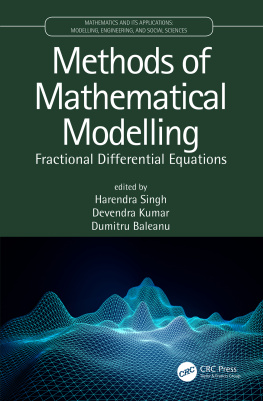
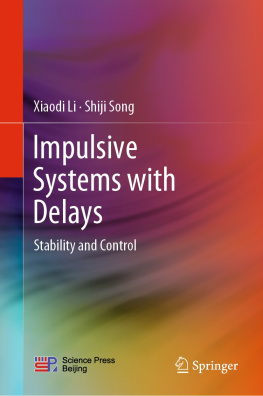
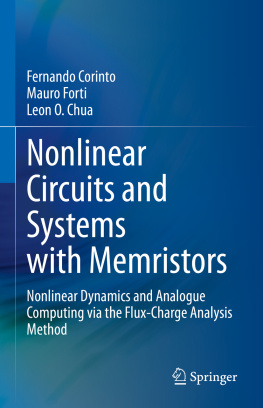
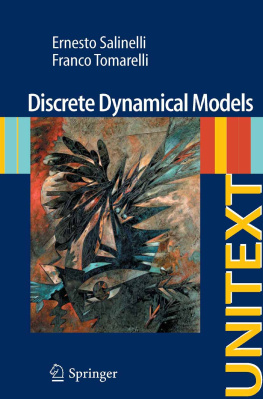
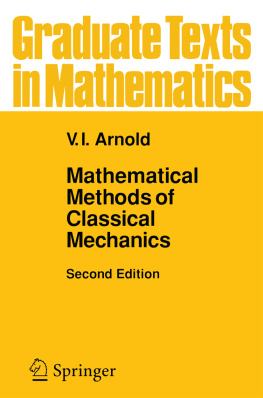
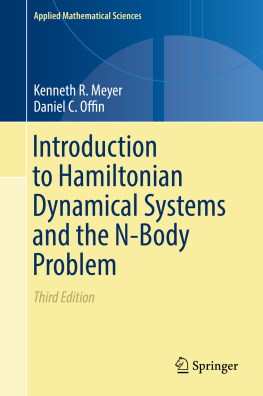
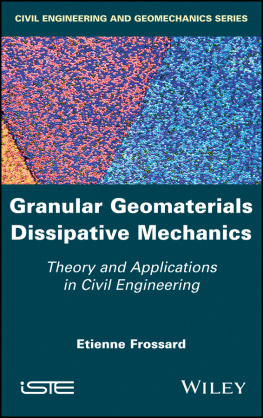

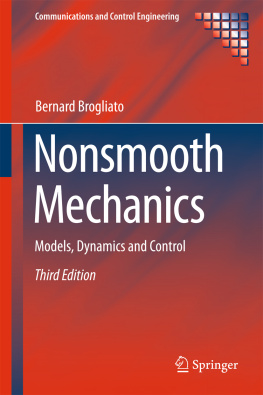
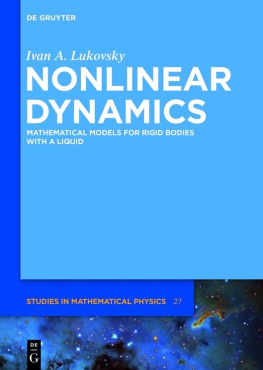
 all non-negative elements on
all non-negative elements on  , where
, where  is either
is either  or
or  and represents the time.
and represents the time. of continuous mappings of X into itself is said to be an evolution operator (or evolution semigroup, or semiflow) if it satisfies the semigroup property:
of continuous mappings of X into itself is said to be an evolution operator (or evolution semigroup, or semiflow) if it satisfies the semigroup property: 
 we assume in addition that the mapping
we assume in addition that the mapping  is continuous from
is continuous from  into X for every x X . The pair ( X , S t ) is said to be a dynamical system with the phase (or state) space X and the evolution operator S t .
into X for every x X . The pair ( X , S t ) is said to be a dynamical system with the phase (or state) space X and the evolution operator S t . , then the evolution operator (and dynamical system) is called discrete (or with discrete time). If
, then the evolution operator (and dynamical system) is called discrete (or with discrete time). If  , then S t (resp. ( X , S t )) is called an evolution operator (resp. dynamical system) with continuous time. If a notion of dimension can be defined for the phase space X (e.g., if X is a linear space), the value
, then S t (resp. ( X , S t )) is called an evolution operator (resp. dynamical system) with continuous time. If a notion of dimension can be defined for the phase space X (e.g., if X is a linear space), the value  is called a dimension of the dynamical system.
is called a dimension of the dynamical system. be a (nonlinear) mapping. Consider the equation
be a (nonlinear) mapping. Consider the equation 
 which continuously depends on u 0, then it generates an evolution semigroup S t in
which continuously depends on u 0, then it generates an evolution semigroup S t in  by the formula
by the formula  , where u ( t , u 0) is the solution to problem (). Thus, we have a dynamical system ( X , S t ) with the phase space
, where u ( t , u 0) is the solution to problem (). Thus, we have a dynamical system ( X , S t ) with the phase space  .
. . Let
. Let  . Then the n -fold composition
. Then the n -fold composition  of the mapping F provides us with an evolution family. If the mapping F is continuous, then we obtain a discrete time dynamical system ( X , S n ). Therefore, the pair ( X , F ) completely determinates this (discrete time) dynamical system. This is why a pair ( X , F ) consisting of the space X and the (one-step) mapping F is also often called a dynamical system.
of the mapping F provides us with an evolution family. If the mapping F is continuous, then we obtain a discrete time dynamical system ( X , S n ). Therefore, the pair ( X , F ) completely determinates this (discrete time) dynamical system. This is why a pair ( X , F ) consisting of the space X and the (one-step) mapping F is also often called a dynamical system. be a continuous mapping. Consider the difference equation with continuous argument
be a continuous mapping. Consider the difference equation with continuous argument 
 defined on [0,1] by the formula
defined on [0,1] by the formula 
 . This function u is continuous on
. This function u is continuous on  when
when 

